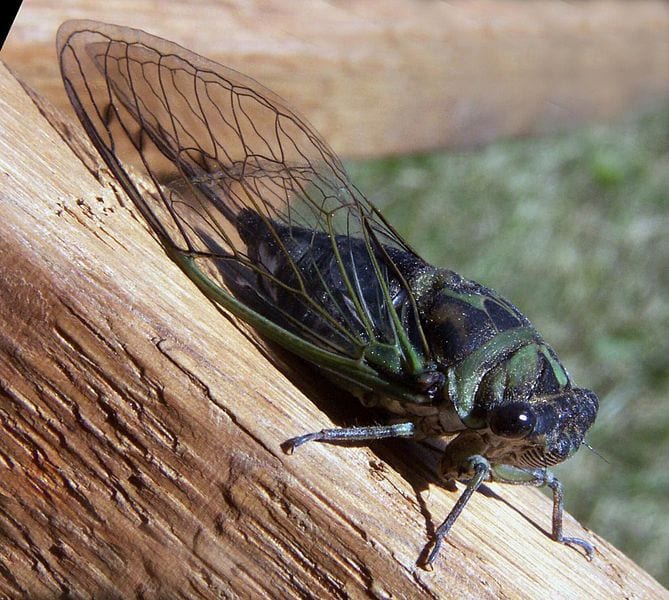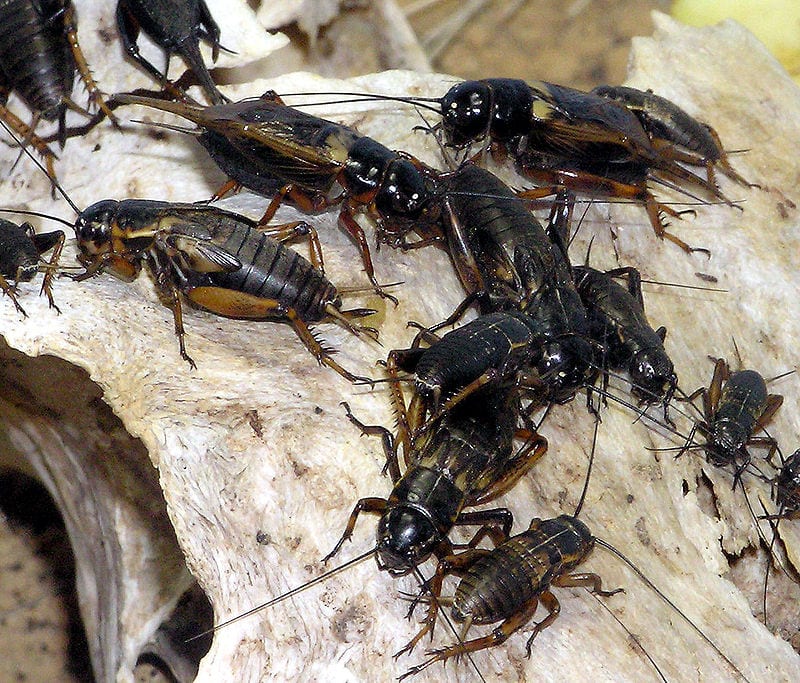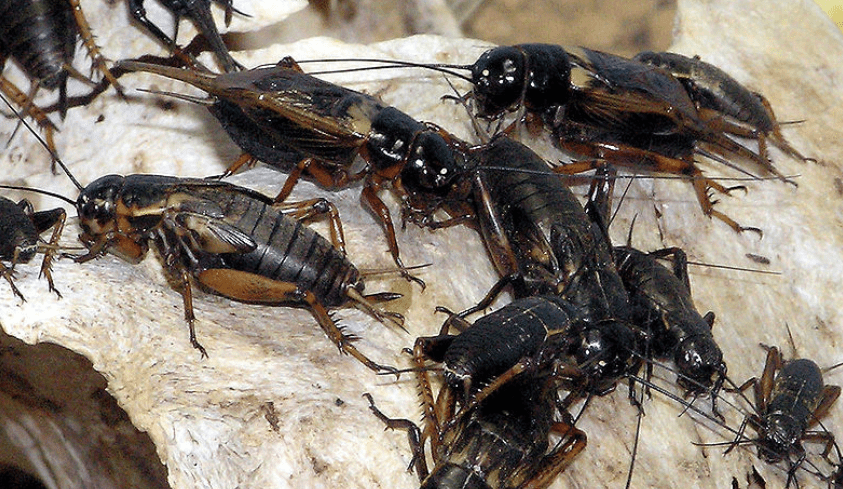Trending Now
You’re standing outside on a summer evening: there are no cars, no voices, just the overwhelming cacophony of BUGS. Tons of them. It sounds like a symphony in the trees of nonstop chirping from cicadas, crickets, and other insects. If you’ve ever camped in a national park or a forest, you know exactly what I’m talking about. The forest comes alive and it gets so loud that you are taken aback.
But did you ever ask yourself the question, “Why are bugs so darn loud?” Especially when you look at them and see how little they are?
Let’s take a look at how three small insects make all that noise.
Katydids

Photo Credit: Wikipedia
A lot of the noise you hear from katydids is associated with mating. These insects rub their wings together in a method known as “stridulation,” producing a buzzing sound. Of course, it’s the males that stridulate, since they’re the ones doing the attracting.
Cicadas

Photo Credit: Wikipedia
Only male cicadas make noise, just like katydids and crickets. Unlike katydids, cicadas don’t only make noise to mate, but also to scare off other male bugs and to send out distress signals. To make noise, male cicadas use tymbals, special noise-making organs that are located on their abdomens. Most of the rest of a cicada’s abdomen is hollow, which helps to amplify the noise.
They’re also able to fold their eardrums closed, which is good news for them because they are loud.
Crickets

Photo Credit: Wikipedia
Crickets, crickets, everywhere! Crickets rub their wings together to make noise, but they emit a lower frequency than katydids, which results in a more musical sound instead of a buzzing noise. Crickets also use noise to attract potential mates, and they have a number of different ‘songs’ for different parts of the mating ritual: attracting a mate, wooing a mate, and warning off male competition.
It sure is noisy out there!






